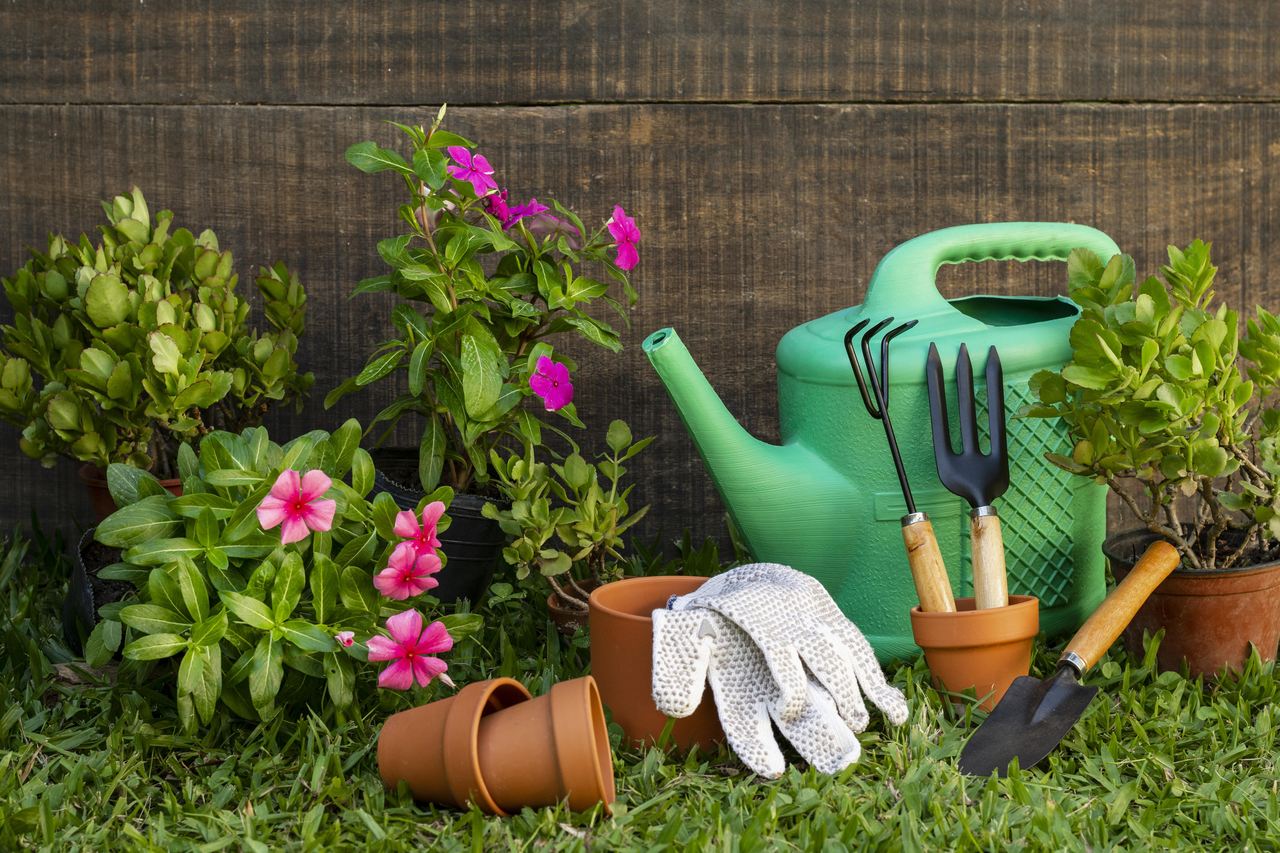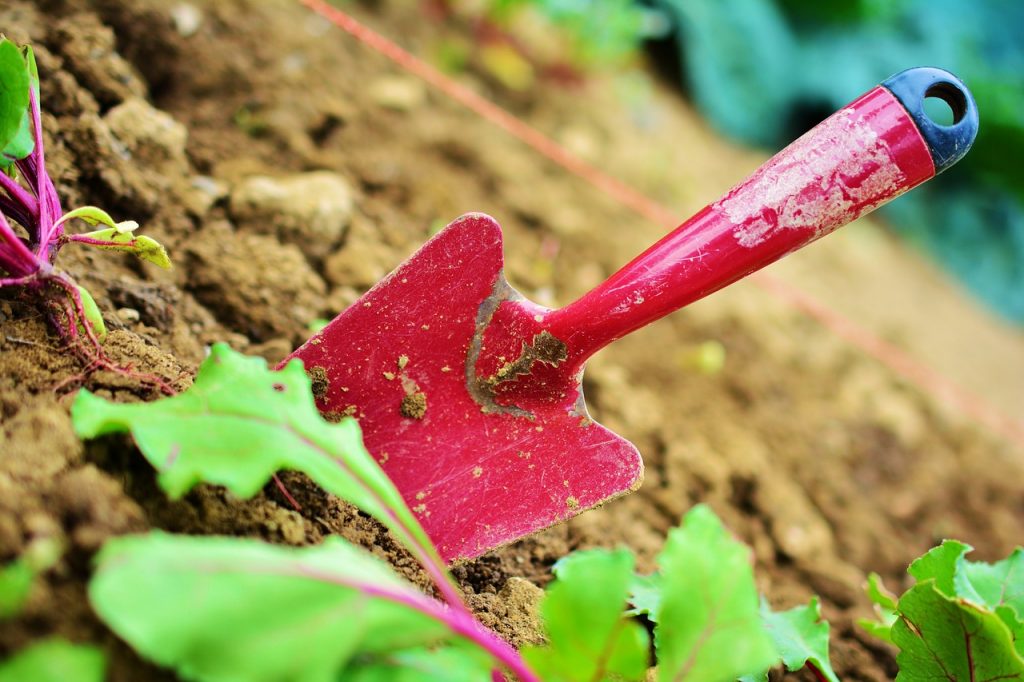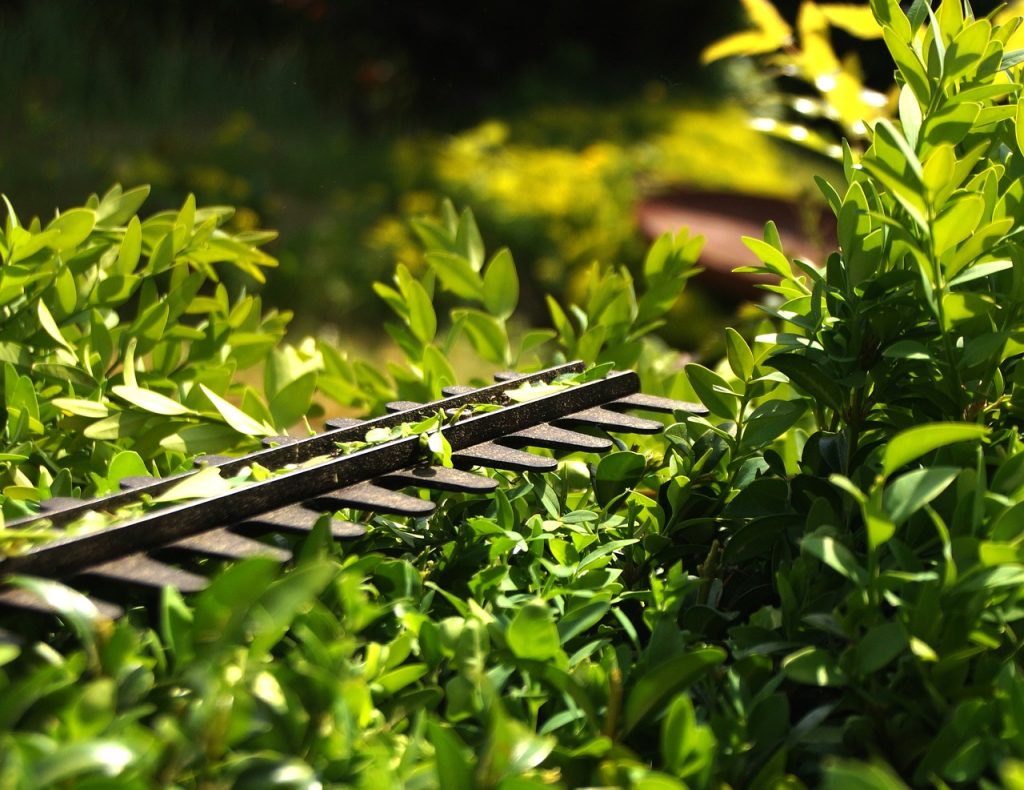
Many of us love spring cleaning, whether that means sorting through things in the garage or digging through the soil. Cleaning up your garden doesn’t have to be difficult, and it’s a good idea to break the process down into smaller steps that you can complete whenever you have some free time.
Use a router file to sharpen the blades, then add some penetrating oil to remove and prevent corrosion. It’s much easier to dig or cut with a sharp, well-oiled tool. Taking good care of your garden utensils will ensure that you are comfortable using them in the first place.
Also, take the opportunity to replenish your supplies. Make sure you have enough soil and fertilizer on hand. Stock up on plant supports and pre-assemble various structures, such as tomato cages. It’s much easier to get this work done in your garden house when the weather is still awful than to worry about it in the spring when there are plenty of things you’d rather be doing outside.

It’s time to get your patio furniture ready for lounging outside on sunny afternoons. Each material should be cared for differently.
Use a bristle brush to remove accumulated dirt and dust. After washing the wood, weathered areas can be removed by sanding. Furniture can be left outside all year round, but be sure to protect it from the elements by applying a coat of teak oil.
You can easily clean plastic furniture by simply using a bucket of warm soapy water. Avoid using any rough sponges as they can scratch and damage the plastic. Plastic can discolor, so it’s best to keep your furniture covered with some sort of material or store it in a garage, for example.
A common problem with metal furniture is rust. You can sand it off and paint the damaged areas with rust-resistant paint. Wash the furniture to remove dirt, cobwebs and dust. You may need to use a hard brush to get rid of tough dirt. To prevent rusting, it is best to cover metal furniture when it rains.
Dead organic matter can go into the compost pile to decompose. Well-composted mulch can stay right where it is to be used as soil fertilizer, but fresh mulch should be picked up to expose the soil.
Your main concern is weeds that may still be alive. These should be removed from the soil and burned or placed in the middle of the compost pile, where the heat will kill them before any seeds can germinate. You don’t want to leave any live weeds around, as they may come back and try to compete with your garden plants!
Late winter and early spring is the perfect time to prune older trees because you can see the branch structure well and you can shape the plant this way before the buds finish resting and the plant starts growing
>> Read also: Boxwood moth. Ways to control the pest
Early spring is also the ideal time to trim and shape woody ornamental plants. Before you get down to pruning, however, there are a few things to consider. First, use a clean cloth and isopropyl alcohol to sterilize your pruning shears before each cut. This precaution prevents you from inadvertently spreading plant diseases throughout your garden. Remember that there are many plants that should not be pruned at this time of year because they thrive on old wood. Plants that should not be pruned until after flowering include camellia, azalea, azalea, forsythia, hydrangea, and magnolia.
Whenever you prune your plants, it is good practice to add a small amount of fertilizer to the soil to make sure the plant has nutrients on hand to heal the wounds quickly.

As soon as the frost lets up and the soil is usable, start preparing your garden beds. Over the winter, soil tends to compact, so the first thing you want to do is loosen it back up. Drive a pitchfork or shovel into the soil 30 to 35 inches deep to loosen it. Any mulch that’s well composted should be mixed into the soil right away, but if it’s too fresh, it needs to be removed.
Now add compost and fertilizers. You can use soil testers to see where the specific pH and nutrient levels are. This will tell you what type of materials you can add. If you have poor or clay soil, it is especially important to add a layer of compost to improve soil texture, nutrient content and moisture retention. Then rake the soil and water it lightly to help it settle and release air pockets.